I created this parametric box design to make a case in which I can carry several roll and write games. (Roll and write for those who aren’t familiar are games in which you (typically) roll dice and write down some kind of result. Yahtzee is a great example of this kind of game… but there are soooo many options. See my thread on my own roll and write game Scorched Earth for more on that. The carrying case will hold anywhere from 4-16 of these smaller boxes, each containing one or more roll and write game components. There will be a separate sleeve/folder in which the actual boards and instructions will go. I laminate the sheets for all of my roll and writes and then use dry-erase on them, and so there will be a box in the case that holds various dry-erase pens as well as some regular pens (just in case), and then part of it will also be two dice towers, so that in a 4 player game, each tower can be easily shared between 2 people, as opposed to maybe having to pass it around.
I don’t really have all of that designed yet, but I did build the first four boxes, demonstrating the three standard sizes that I’m going to use. Now I’m just waiting on more proofgrade to make more! The small box is 1/4 the size of the big box, and the middle box is 1/2 the big box. I can put 4 big boxes in the case, or 8 medium boxes, or 16 small boxes, or any mix there-of. As it stands most of my game’s components can fit into a small box, or even share a small box. I don’t think I have any reason for any more big boxes… unless I can fit Scorched Earth in there. I’ll have to check that out.
The four boxes I have lined up as they would be in the larger case.
A different configuration.
In addition to the name and/or icons on the side of the box for easy recognition when in the case, I also engraved game art or logos onto the larger lids of the boxes. Note the extra Penny Papers lid. Each of those games uses three dice, and six of those dice will fit into a small box, so for one of them, I engraved the bottom of the box with the other logo.
Here are the boxes open, with the components inside.
The three Penny Papers games (
Skull Island,
The Temple of Apikhabou, and
Valley of Wiraqocha) each use three dice, only one of which is the same from game-to-game, and a player sheet. Each has a different player sheet. The games range in complexity, and all have different mechanics. They all have one mechanic (aside from the dice) in common, and that is the “take that” aspect. If the red face the die is rolled, then all players have to swap sheets with another player and that player draws that bad shape (snake, skull, mummy) onto the sheet, then passes it back. If you don’t take care of the bad shapes, then you lose points at the end.
Next is
Steamrollers. This is a full board game, but with a roll and write aspect. The box contains dice, a bag with cubes in it, a train token and several tiles. There is also a central board on which the goods cubes are placed, and each player has their own player sheet where they are drawing their railroad network.
The last one I made is for
Welcome To… I know, it says “Welcome to Your Perfect Home” but the actual name is just Welcome To… The reason is that on the player sheet there’s a spot with the logo, and you fill in the “your perfect home” part with whatever you would like to name your city. This game is different than most roll and writes because you don’t roll anything. You flip cards instead. The components are cards and player sheets. The player sheet has three rows of houses, and the cards have house numbers and special abilities. You fill in the rows with house numbers and score based on the special abilities. I highly recommend it.
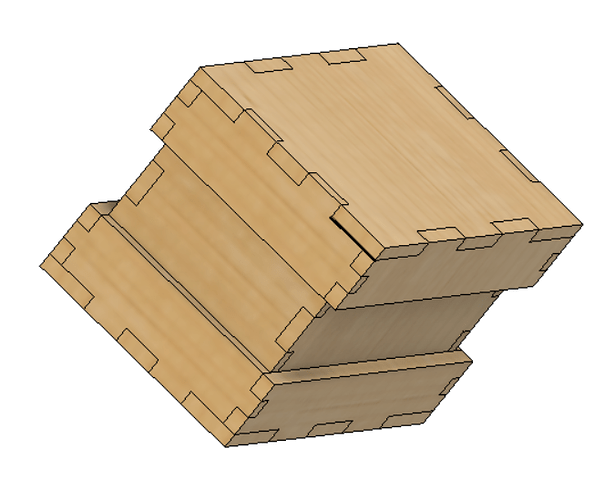
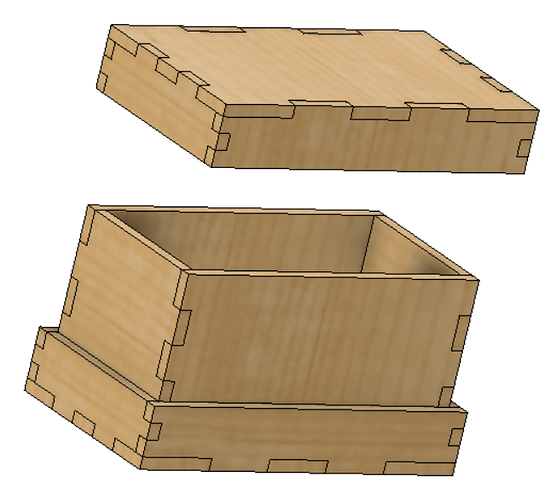
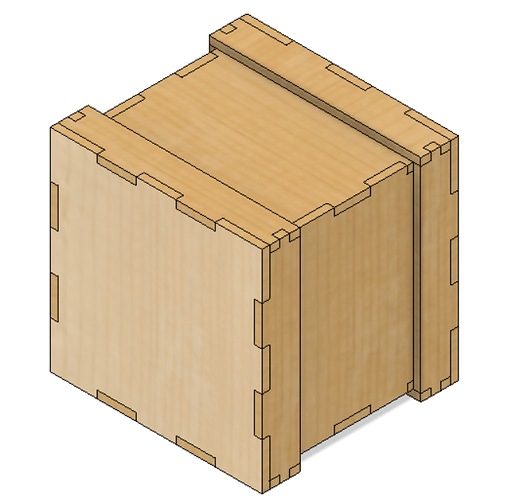
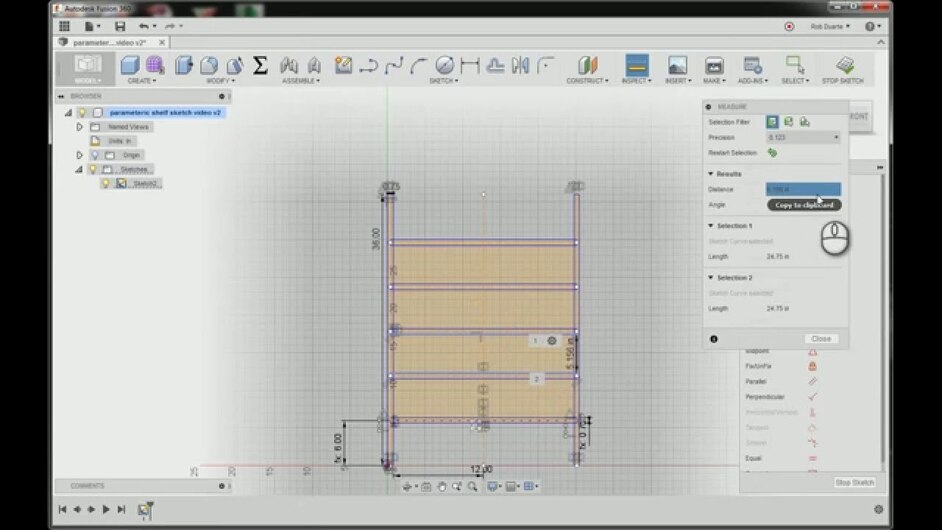


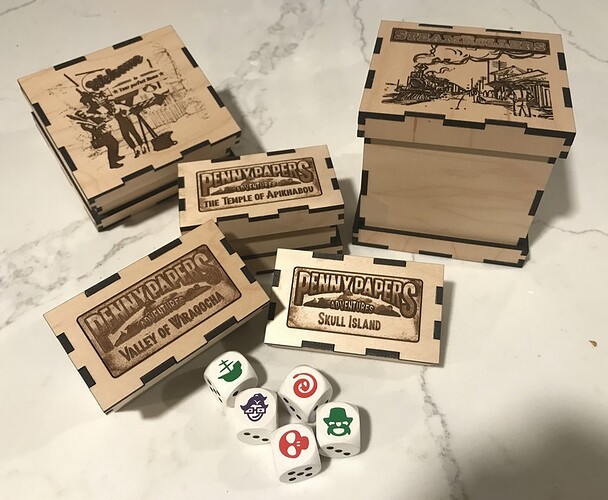
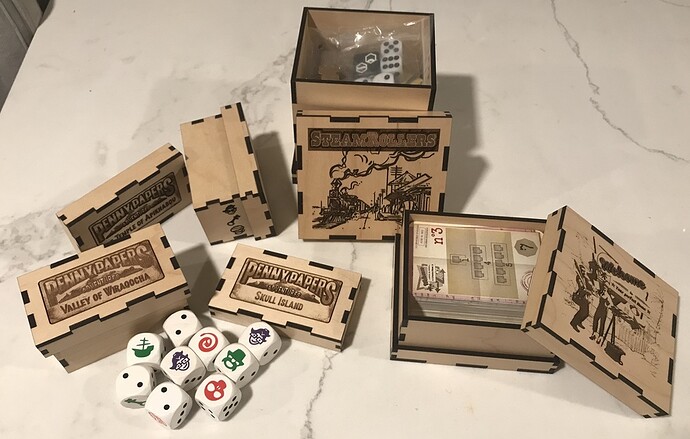
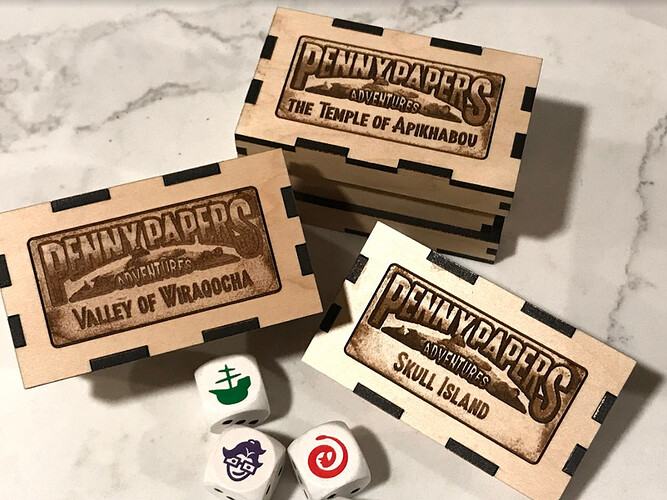
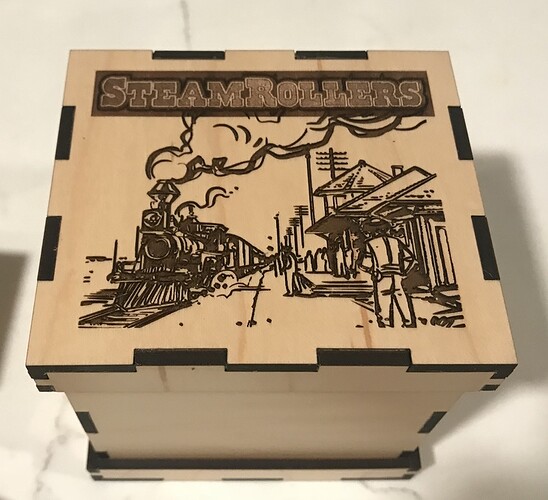
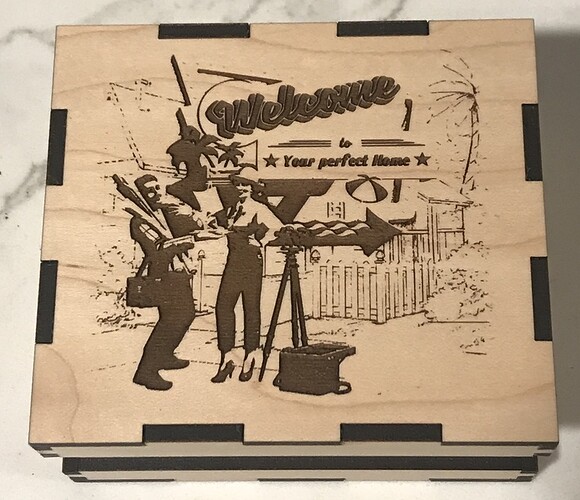
 , so now I can make more boxes!!! And the carrying case as well!
, so now I can make more boxes!!! And the carrying case as well!